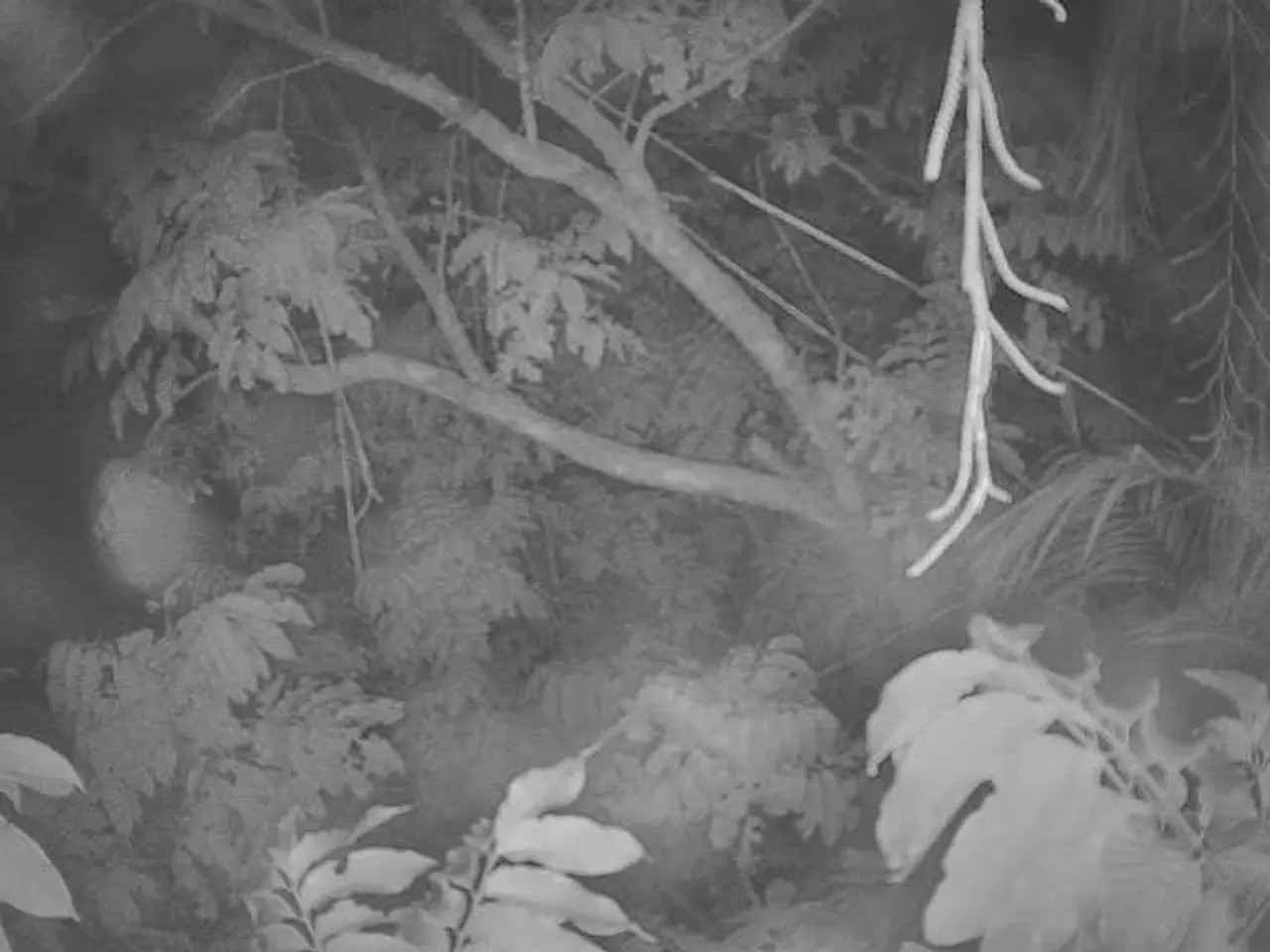Avoid Planting These 7 Intrusive Tree Species in Your Backyard or Garden to Maintain Biodiversity and Preserve Local Ecosystems
Seven Invasive Trees to Avoid Planting in Your Yard
In an effort to maintain a balanced and healthy ecosystem, it's essential to be mindful of the trees we choose to plant in our gardens. Here are seven invasive trees that you should never introduce to your yard, along with their scientific names and reasons for invasiveness.
- Tree of Heaven (Ailanthus altissima)
- Reason: Known for its rapid growth and allergenic pollen, this tree is a notorious invasive species across Europe and North America. It spreads rapidly, produces large numbers of seeds that are dispersed by wind, and can dominate and outcompete native vegetation. It also produces chemicals that inhibit growth of surrounding plants (allelopathy) and often supports other invasive pests, such as the spotted lanternfly.
- Amur Corktree (Phellodendron amurense)
- Reason: Originally introduced as an ornamental tree, the Amur corktree produces thousands of seeds eaten and dispersed by birds, allowing it to spread aggressively. It invades forest gaps and edges, displacing native species and altering habitats.
- Chinese Tallow Tree (Triadica sebifera / Sapium sebiferum)
- Reason: This tree produces abundant seeds and establishes quickly in disturbed areas. It alters soil chemistry, displaces native flora, and can create monocultures that reduce biodiversity. It is listed as invasive in Florida and other states.
- Paper Mulberry (Broussonetia papyrifera)
- Reason: Paper mulberry spreads aggressively through both seeds and root suckers. It forms dense thickets that displace native trees and understory plants.
- Casuarina (Casuarina cunninghamiana)
- Reason: This species invades wetlands and coastal areas, outcompeting native vegetation and disrupting ecosystems. It fixes nitrogen, which can alter soil nutrient cycles and favor invasive species.
- Amur Maple (Acer ginnala)
- Reason: Widely planted as an ornamental, Amur maple escapes cultivation and invades woodlands and disturbed sites, forming dense thickets that shade out native plants, decreasing biodiversity.
- Japanese Ardisia (Ardisia japonica)
- Reason: This evergreen shrub/small tree forms dense ground cover, which crowds out native seedlings and alters forest floor dynamics. It grows in shade and produces bird-dispersed berries that facilitate rapid spread.
These trees spread aggressively through seeds or root systems, outcompete native plants for resources, alter soil chemistry or ecosystem dynamics, and often form dense monocultures that reduce biodiversity in natural and suburban areas. Avoid planting these species in your yard, especially if you live in regions where they are invasive.
Additional invasive trees to be aware of include the Autumn Olive, Silk Tree, Callery pear, Siberian Elm, and Norway Maple's Crimson King cultivar. Some states have even banned the sale of Bradford pear trees due to their aggressive spreading and negative impact on native flora. By making informed choices about the trees we plant, we can help preserve the diversity and health of our local ecosystems.
In considering a balanced and diverse home-and-garden lifestyle, it's wise to steer clear of invasive tree species that could compromise native vegetation, such as the Tree of Heaven (Ailanthus altissima), the Amur Corktree (Phellodendron amurense), or the Chinese Tallow Tree (Triadica sebifera / Sapium sebiferum). Each of these trees, due to their aggressive spreading and negative impacts on the ecosystem, should be avoided in your gardening endeavors, especially in regions where they are known to be invasive.




